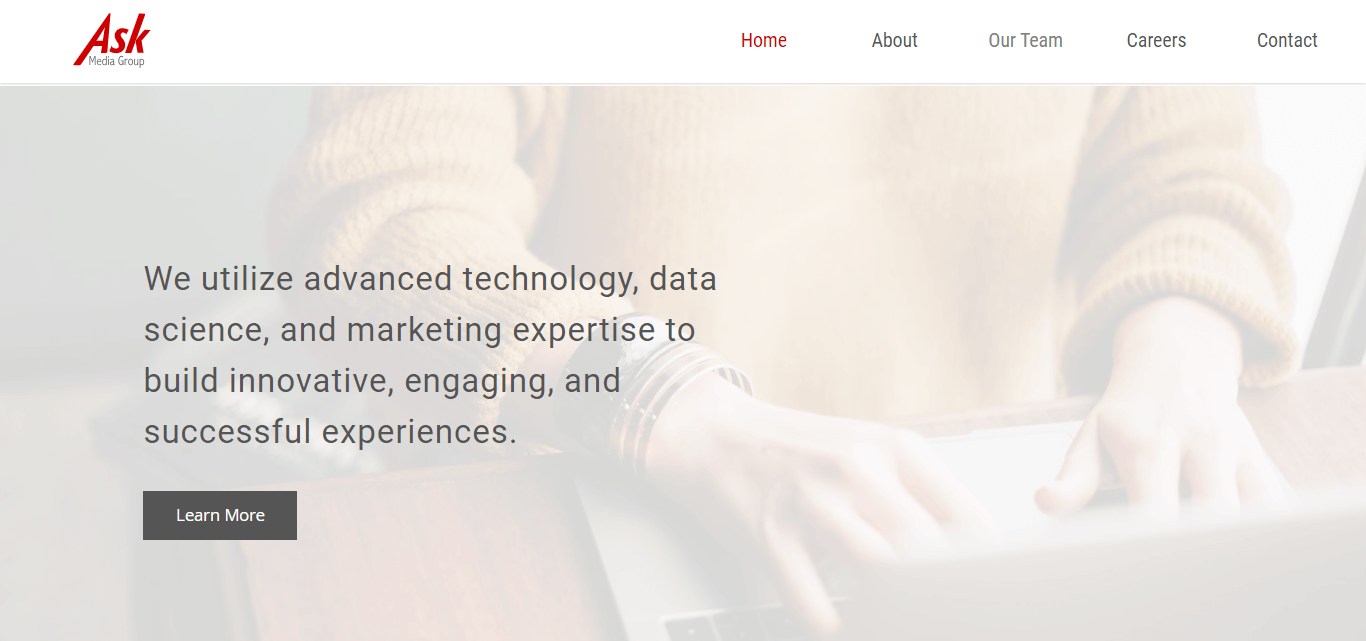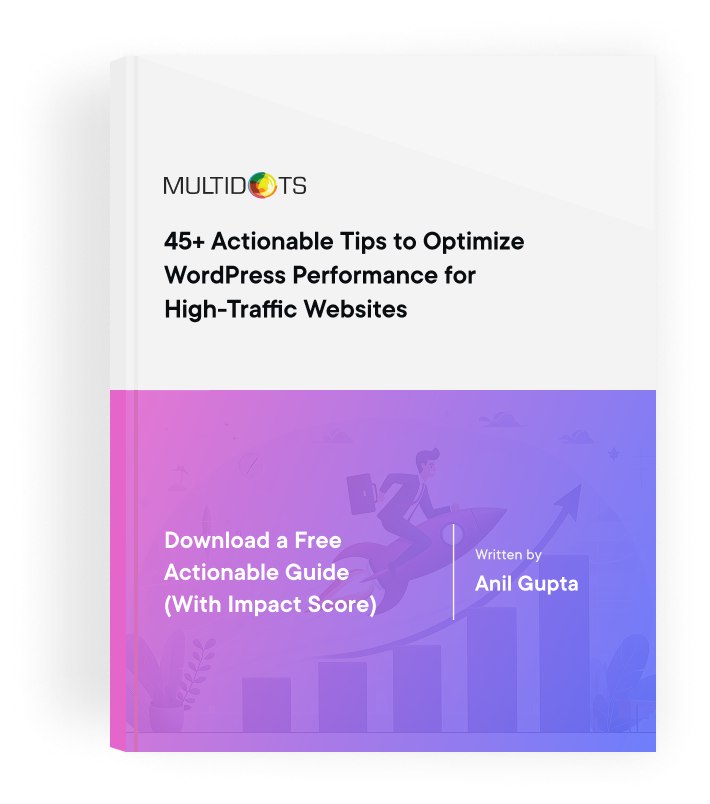Achieve Zero Downtime Database Migration: Strategies That Work
Learn proven strategies for zero downtime database migration to ensure continuous service during critical database updates

Table of Contents
Let's talk about something that keeps many tech leaders up at night: database migrations. You know that heart-stopping moment when a customer is about to complete a $10,000 purchase, and suddenly... your database goes offline during a migration. Ouch. Not only have you potentially lost that sale, but you've also damaged your customer's trust. That’s a risk few businesses can afford to take.
We’re here to help: In this guide, you'll learn about the components you need to plan, execute, and maintain a smooth migration process that keeps your services running without missing a beat. No more nervous pacing during deployments – just smooth, controlled transitions that protect both your users' experience and your business operations.
What Is Zero Downtime Database Migration?
Zero downtime database migration is a sophisticated approach to database transformation that ensures continuous operation throughout the entire migration process. It enables organizations to transition their databases to new environments, versions, or structures while maintaining uninterrupted service for end users and applications.
During a zero downtime migration, organizations must carefully balance two competing factors: migration speed and service continuity. While faster migrations are possible, they often come with increased risk of service interruption. Conversely, a more methodical approach ensures continuous operation but requires additional time and resources.
The challenges? They're real but not insurmountable:
- Keeping your data consistent across old and new systems.
- Making sure everything plays nice with existing applications.
- Managing your resources so performance doesn't take a hit.
- Handling those tricky schema changes without disrupting active users.
Next, we’ll walk you through the real implications for your business, proven strategies and best practices for successful zero downtime database migrations.
The Business Impact of Database Migration Downtime
The impact of database downtime extends far beyond immediate revenue loss. Let's examine the true cost of migration-related interruptions:
Financial Implications:
- Average enterprise downtime costs: $5,600 per minute
- Lost transaction revenue during peak business hours
- Compensation costs for affected customers
- Additional operational costs for emergency fixes
Regulatory Compliance:
- Service Level Agreement (SLA) violations
- Potential regulatory penalties in regulated industries
- Mandatory incident reporting requirements
- Documentation and audit trail obligations
Business Reputation:
- Impact on partner relationships and integrations
- Decreased customer trust and loyalty
- Social media backlash and negative press
- Long-term brand value erosion
Market Competitiveness:
- Lost opportunities to competitors during downtime
- Decreased market share in competitive industries
- Impact on future contract negotiations
- Reduced ability to attract new customers
For enterprises operating in competitive markets, these combined factors make zero downtime database migration not just a technical preference but a business imperative. Industry leaders increasingly recognize that investing in proper migration strategies costs significantly less than dealing with the aftermath of failed migrations.
For complex migrations involving mission-critical systems, partnering with a professional agency provides access to proven methodologies and expertise, ensuring business continuity throughout the transition process.
Key Principles for Successful Zero Downtime Migration
A successful zero downtime database migration stands on four fundamental pillars:
Backward Compatibility
Design your migration to support both old and new database versions simultaneously, allowing your application to read and write to either system without modification. This dual-compatibility approach provides a safety net during the transition.
Data Integrity
Implement a robust validation system that ensures every piece of data remains consistent and accurate across both databases during migration. Include automated checksums and rollback capabilities as your safety mechanisms.
Resource Management
Balance your migration workload against normal business operations. Think of it as performing maintenance on a car while it's running – you need to maintain optimal performance without overtaxing the engine.
Risk Control
Maintain multiple safety nets through comprehensive backups and detailed rollback plans. Always test your migration procedures in a staging environment that mirrors your production setup.
Practical Migration Strategies
The success of a zero downtime database migration largely depends on selecting the right strategy for your specific situation. While various approaches exist, three proven strategies consistently stand out for their effectiveness in maintaining continuous operations during database migrations.
Blue-Green Deployment
Blue-green deployment represents one of the most reliable approaches to zero downtime database migration. This strategy involves maintaining two identical database environments simultaneously: Your active production database (Blue) and a parallel environment for the new version (Green).
While your Blue environment continues serving traffic, you can thoroughly prepare and test the new version in the Green environment. Once verified, a simple traffic switch moves operations to the Green environment. The beauty of this approach lies in its safety net – if any issues arise, you can immediately switch back to the Blue environment with minimal disruption.
Canary Releases
Canary releases offer a more gradual approach to database migration. Instead of switching all traffic at once, this strategy involves incrementally routing users to the new database version. The process typically begins with a small percentage of traffic, usually 1-5%, allowing you to monitor performance and identify potential issues in a real production environment while minimizing risk.
This cautious approach means that if problems occur, they affect only a small portion of users, and rollback remains straightforward. As confidence builds, you can progressively increase traffic to the new database until the migration is complete.
Phased Rollouts
Phased rollouts provide a methodical alternative that breaks the migration into distinct, manageable stages. This strategy involves carefully planning and executing each phase of the migration, often starting with non-critical data before progressing to more crucial components.
By spreading the migration across multiple phases, teams can thoroughly test each stage and address any issues before moving forward. While this approach might take longer than other strategies, it significantly reduces risk and provides greater control over the migration process.
Technique Spotlight: Oracle Zero Downtime Migration
Oracle Zero Downtime Migration (ZDM) is a powerful tool for ensuring a smooth and uninterrupted migration of your database. It allows businesses to migrate their databases with minimal disruption, making it an invaluable resource for maintaining operational continuity.
Oracle ZDM offers a range of features and capabilities that make it a preferred choice for seamless database migration:
Automated Migrations: Oracle ZDM automates the migration process, reducing the need for manual intervention and minimizing the risk of human error. This ensures a more efficient and reliable migration experience.
Cross-Platform Support: Whether you’re moving from an on-premises environment to the cloud or between different cloud platforms, Oracle ZDM supports various migration scenarios, providing flexibility to meet diverse business needs.
High Availability and Disaster Recovery: Oracle ZDM ensures your database remains available throughout the migration process. It integrates with Oracle's high availability and disaster recovery solutions, such as Oracle Data Guard, to maintain data integrity and reduce downtime.
Minimal Downtime: With Oracle ZDM, migrations can be performed with little to no downtime, typically less than 15 minutes. This is achieved through advanced techniques like incremental backups and continuous data replication.
Secure Migration: Oracle ZDM employs solid encryption and data masking techniques to protect sensitive data during the migration process.
However, Oracle ZDM has some limitations and may not be suitable for every scenario:
Security Infrastructure Gaps: Oracle ZDM’s approaching end-of-support in 2025 creates significant security vulnerabilities. Without regular security updates and patches, systems become increasingly exposed to new cybersecurity threats and compliance risks.
Integration Security Risks: Organizations using multiple third-party integrations with Oracle ZDM may face additional security challenges as vendor support diminishes, potentially creating weak points in the security infrastructure.
Complexity of Setup: For organizations without prior experience with Oracle products, setting up and configuring Oracle ZDM might be complex and require a steep learning curve.
Specific Use Cases: Oracle ZDM is designed primarily for Oracle databases. If your organization uses a mix of database technologies, you may need additional tools or strategies to manage those migrations.
Resource Intensive: The migration process, especially for large databases, can be resource-intensive. It requires adequate system resources to ensure a smooth and efficient migration.
Compatibility: Not all environments are compatible with Oracle ZDM. Before starting the migration process, it’s essential to verify that your current setup meets the tool’s requirements and compatibility standards.
Technique Spotlight: ZDM Proxies
ZDM proxies, or Zero Downtime Migration proxies, are specialized tools designed to facilitate database migrations with zero downtime. They act as intermediaries between your application and the database, managing the traffic flow and ensuring that both old and new database versions can coexist during the migration process.
ZDM proxies intercept database requests from the application and intelligently route them to the appropriate database instance. This means that during a migration, the proxies can manage requests to ensure that users continue to interact with a fully functional system, even as data is being transferred and synchronized in the background.
For example, during a migration, ZDM proxies can direct read and write requests to the old database while gradually shifting some of these requests to the new database. This phased approach helps identify and resolve potential issues early on, ensuring the new version is fully functional before completely cutting over.
This method of traffic routing supports a smooth transition by allowing both versions to run in parallel for a period. Users continue to access the application without any noticeable interruptions, making the deployment process virtually invisible to end users.
Using ZDM proxies in database migration offers several advantages:
- Increased Availability: By maintaining continuous access to the application, ZDM proxies help avoid downtime that can negatively impact user satisfaction and business operations.
- Improved User Experience: With traffic being routed seamlessly, users experience no disruption, ensuring a smooth and uninterrupted service.
- Reduced Risk of Data Loss: The intelligent routing and synchronization capabilities of ZDM proxies help prevent data loss during the migration process, ensuring that all transactions are accurately captured.
- Flexibility in Deployment: ZDM proxies enable a more flexible deployment strategy, allowing for gradual rollouts and the ability to revert to the previous version if issues arise.
Database Migration Examples
Zero downtime database migration requires careful handling of common database operations. Here are three typical scenarios and their zero-downtime solutions:
- Adding a new column:
- Add a column as nullable to prevent query disruption.
- Update the application to handle both schema versions.
- Gradually populate new column with data.
- Verify data consistency.
- Switch column to non-nullable if required.
- Renaming tables:
- Create new table with desired name.
- Set up real-time data synchronization.
- Gradually shift read traffic to new table.
- Verify operation with new structure.
- Remove old table once migration completes.
- Changing data types:
- Create a temporary column with a new data type.
- Maintain dual columns during transition.
- Convert and validate data accuracy.
- Switch application reads to new column.
- Remove old column after successful transition.
Each example follows the core principle of maintaining parallel structures during transition, ensuring your database remains fully operational throughout the migration process.
Database-Specific Migration Solutions
Different database systems require different approaches to achieve zero downtime migration. Here's how major database platforms handle continuous operation during migrations:
MySQL zero Downtime tools:
- Percona's pt-online-schema-change performs live table alterations.
- GitHub's Ghost handles schema changes without blocking writes.
- Native replication supports server migrations and version upgrades.
- Online DDL capabilities for in-place table modifications.
PostgreSQL migration features:
- Transactional DDL ensures atomic schema changes.
- Logical replication maintains data consistency during migration.
- pg_upgrade enables major version upgrades with minimal downtime.
- Statement-level control for managing long-running queries.
MongoDB migration capabilities:
- Replica sets enable rolling upgrades across the cluster
- Opacity operator manages schema modifications seamlessly
- Flexible document model supports gradual data evolution
- Built-in tools for zero-impact maintenance operations
Each platform offers unique advantages for zero downtime migration, but they all share a common goal: maintaining continuous operation while implementing necessary changes. The key is understanding your specific database platform's capabilities and leveraging them effectively.
Zero Downtime Migration With Multidots
When it comes to migrating enterprise-level websites, the safest and most effective approach is to get professional help. At Multidots, we understand the complexities and potential risks involved in website migrations, and we are here to ensure that your migration process is seamless and stress-free.
As a WordPress VIP Gold Partner, we specialize in large website migrations, bringing a wealth of experience and expertise to the table. We have successfully moved sites from nearly all proprietary and open-source software CMSs onto WordPress, ensuring that each migration is tailored to meet the unique needs of our clients.
At Multidots, we believe that maintaining data integrity is priority number one. That’s why all our migrations are undertaken manually by our skilled team. This careful approach allows us to preserve the accuracy and completeness of your data, avoiding the pitfalls that automated migrations can sometimes encounter.
To guarantee zero downtime during the migration process, we develop your new WordPress site on our own servers. This method ensures that your current site remains 100% available to your users throughout the entire migration. Once the new site is fully developed and tested, we perform the final switchover, making the transition smooth and unnoticed by your users.
Your company’s website is too valuable a resource to risk anything going wrong in a migration by doing it yourselves. Allowing Multidots to take this on means the company will have a clear plan of how the migration is going to work but without any of the stress. All your data will be safe, and your website won’t experience any downtime.

Multidots Case Study: Migrating Ask Media Group from Arbotron Legacy CMS to WordPress

At Multidots, we undertook a significant project for Ask Media Group, involving the migration of 11 of their websites from the Arbotron Legacy CMS to WordPress.
Ask Media Group, known for its wide range of popular and high-traffic websites, required a scalable solution to manage their content more effectively. The challenge was to migrate all 11 websites smoothly without affecting their live performance or user experience.
By performing the migration manually, we ensured accurate content transfer and addressed issues promptly. We also developed the new sites on our servers and kept the live websites fully operational, which prevented any user disruptions and maintained SEO rankings. Finally, post-migration, we customized and optimized the WordPress sites for better performance, security, and usability.
The successful migration of Ask Media Group’s 11 websites resulted in a more efficient content management system, better site performance, and enhanced user engagement. Our expertise and careful handling of the migration ensured that the transition was smooth, with no impact on site availability or functionality.
Implementing Zero Downtime Deployment in Your Organization
By far, the safest and most reliable way to handle enterprise-level migrations is by partnering with a professional agency. This approach eliminates the risks and complexities associated with the migration process.
At Multidots, we pride ourselves on being experts in the field of website migrations. We have extensive experience moving sites from nearly all proprietary and open-source CMSs onto WordPress. However, our expertise is just the beginning.
We approach every migration as a unique project, tailored to meet the specific needs of each client. We listen to your concerns, understand your goals, and develop a detailed plan to ensure a smooth transition. Our philosophy, "think from the mind, act from the heart," means we are guided by compassion and empathy while executing each step with analytical precision and thoughtful planning.
By choosing Multidots, you can rest assured that your migration will be handled with the utmost care, ensuring data integrity and zero downtime. Our commitment to excellence and personalized approach makes us the ideal partner for your next migration project.
Ready to experience a smooth, zero-downtime migration? Contact Multidots today to learn more about how we can help you achieve a smooth and successful transition!
Schedule a consultation call and discuss your migration requirements.
Contact Us
